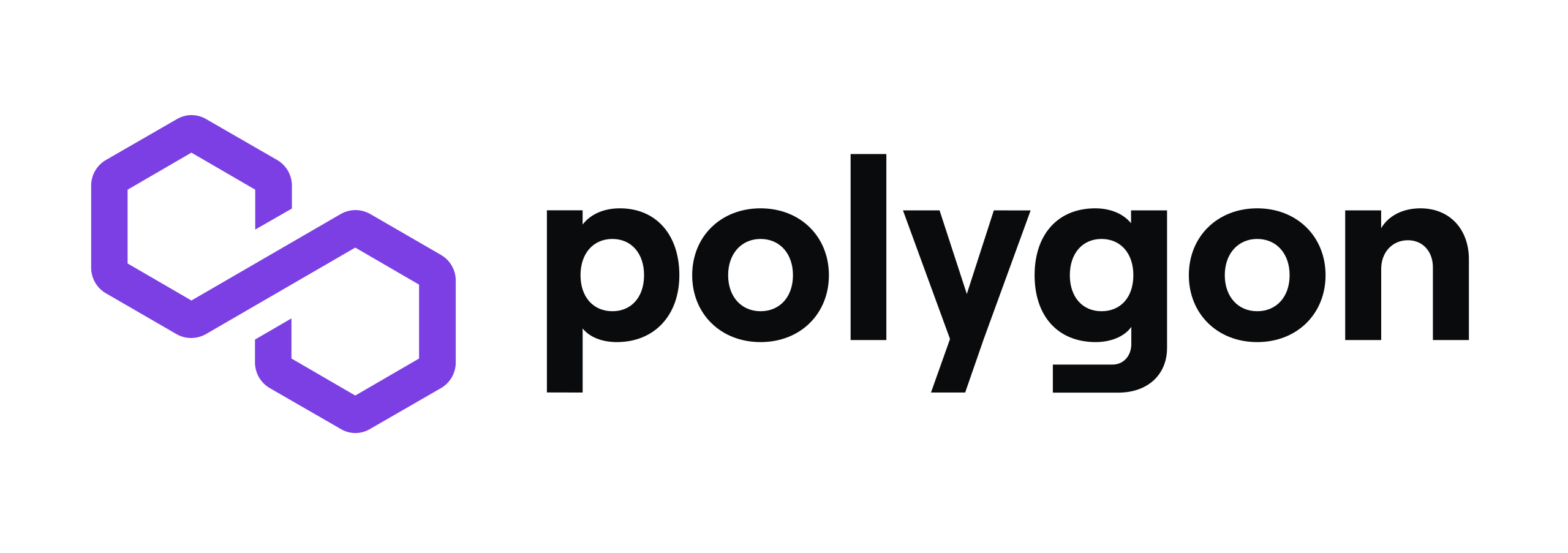Introduction to Polygon
Polygon is a layer 2 scaling solution for Ethereum that aims to improve scalability and reduce transaction fees on the Ethereum network. It achieves this by utilising a combination of technologies, including sidechains, plasma chains and state channels.

What is Polygon?
Polygon is a layer 2 scaling solution for Ethereum that aims to improve scalability and reduce transaction fees on the Ethereum network. It achieves this by utilising a combination of technologies, including sidechains, plasma chains and state channels.
How does Polygon work?
Sidechains
Polygon achieves scalability by utilising sidechains, which are independent blockchains that run in parallel to the Ethereum mainnet. These sidechains are connected to the Ethereum mainnet through a set of smart contracts, allowing for the transfer of assets between the mainnet and the sidechains.
The sidechains on Polygon are optimised for high throughput and low transaction fees. They can support a wide range of decentralised applications (DApps) and smart contracts, providing developers with a scalable platform to build upon.
Plasma Chains
In addition to sidechains, Polygon also incorporates plasma chains into its architecture. Plasma chains are a form of layer 2 scaling that allows for the creation of child chains, which can process transactions faster and at a lower cost than the Ethereum mainnet.
Plasma chains operate by periodically committing a summary of their state to the Ethereum mainnet, ensuring the security and integrity of the transactions taking place on the child chain. This allows for the offloading of transaction processing from the mainnet to the plasma chains, further improving scalability.
State Channels
State channels are another key component of Polygon's scaling solution. State channels allow for the execution of off-chain transactions between two parties, reducing the number of on-chain transactions and improving scalability.
By utilising state channels, Polygon enables users to interact with DApps and perform transactions without incurring the high fees and slow confirmation times associated with on-chain transactions. State channels provide a fast and efficient way to conduct transactions, while still maintaining the security guarantees of the underlying blockchain.
Benefits of Polygon
Polygon offers several benefits over the Ethereum mainnet:
Scalability: By utilising sidechains, plasma chains and state channels, Polygon significantly improves the scalability of the Ethereum network. This allows for a larger number of transactions to be processed per second, reducing congestion and improving user experience.
Lower transaction fees: The use of sidechains and plasma chains on Polygon results in lower transaction fees compared to the Ethereum mainnet. This makes it more cost-effective for users to interact with DApps and perform transactions.
Interoperability: Polygon is compatible with existing Ethereum tools, libraries and infrastructure. This means that developers can easily migrate their DApps from the Ethereum mainnet to Polygon, without requiring significant changes to their codebase.
Ecosystem support: Polygon has gained significant traction in the Ethereum ecosystem, with a growing number of DApps and projects adopting its technology. This provides a vibrant ecosystem for developers to build upon and a wide range of applications for users to explore.
Conclusion
Polygon is a promising layer 2 scaling solution for Ethereum, offering improved scalability, lower transaction fees and interoperability with the existing Ethereum ecosystem. With its innovative combination of sidechains, plasma chains and state channels, Polygon has the potential to address the scalability challenges faced by Ethereum, enabling the network to support a larger number of users and applications.
Note: This article is for informational purposes only and should not be considered as financial advice. Always do your own research and consult with a qualified financial advisor before making any investment decisions.



